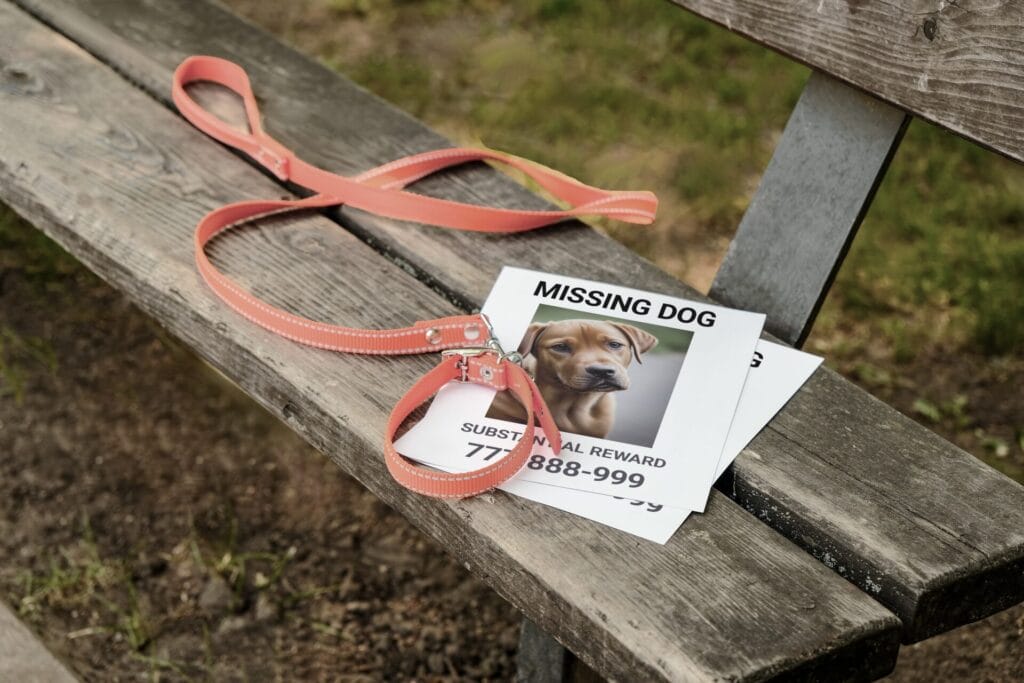Nobody likes to think that anyone would intentionally harm a dog, but unfortunately dog-napping is more common than most people think. It’s estimated that 2 million dogs are stolen yearly in the United States. Especially amongst popular breeds like French Bulldogs, dog thefts are on the rise across the country. Dogs that are especially at risk for being stolen are small dogs, popular breeds, and expensive dogs. This is because dog thieves can flip and resell the dogs for money. The good news is that there are ways that you can protect your dog.
Hire Professionals
If you need someone to care for your dog, like a dog walker or dog sitter, hire an experienced professional. Before hiring a dog sitter or dog walker, look for individuals with established businesses and presences in your local community. Confirm that your dog sitter has business insurance and check their references to ensure reliability. In addition, be clear with any and all expectations. For example, where they can/can’t take your dog and expectations of supervision and protection from dognappers.
Protect Privacy
The good news is there are ways to make it harder for your dog to be stolen. First, be thoughtful about the information you share publicly about your dog. For instance, if someone asks you an unusual amount of questions about your dog be wary. If you sense something’s up, tell them fake name, disengage, and walk away with your dog. Avoid personal questions about how much you paid to purchase your dog. These questions could be out of curiosity, but they could also indicate a thief’s attempt to value your dog.
Online Privacy
It is fun to share your dog’s life on social media, but be thoughtful about the amount of information you share. For your dog’s safety, avoid posting your dog’s location. Sharing location information allows dognappers to predict where your dog will be. To help prevent a dognapper from trying to snatch your dog, it’s also a good idea to walk in populated areas. Busy areas make it more difficult for a dognapper to steal your dog.
Wearable and Permanent Identification
Your dog should always wear a collar with an updated ID. Consider wearable tech like a GPS tracker attached to your dog’s collar. This helps track your dog (until their collar is removed) and can even give you an idea of where your dog may have been taken. In addition to wearable identification, microchip your dog. Microchips are small data-holding devices injected usually into the loose skin of your dog’s neck. When scanned, the microchips are connected to a database where your name and contact information can be listed. This inexpensive process means your dog has permanent identification at all times. If a stolen dog is microchipped, there’s a higher likelyhood that they’ll be reunited.
Supervision
One of the easiest ways to protect from dognappers? Never leave your dog unsupervised outside of your home. Even with a fenced yard, keep an eye on your dog outside. Although it’s less convenient than letting your dog outside, accompany your dog outside. Similarly, you should never leave your dog tied up outside a coffee shop or store. Don’t trust strangers to watch your dog; dogs unattended in public spaces are especially vulnerable to theft. If your dog can’t come inside with you, the safest place for them is at home.




















